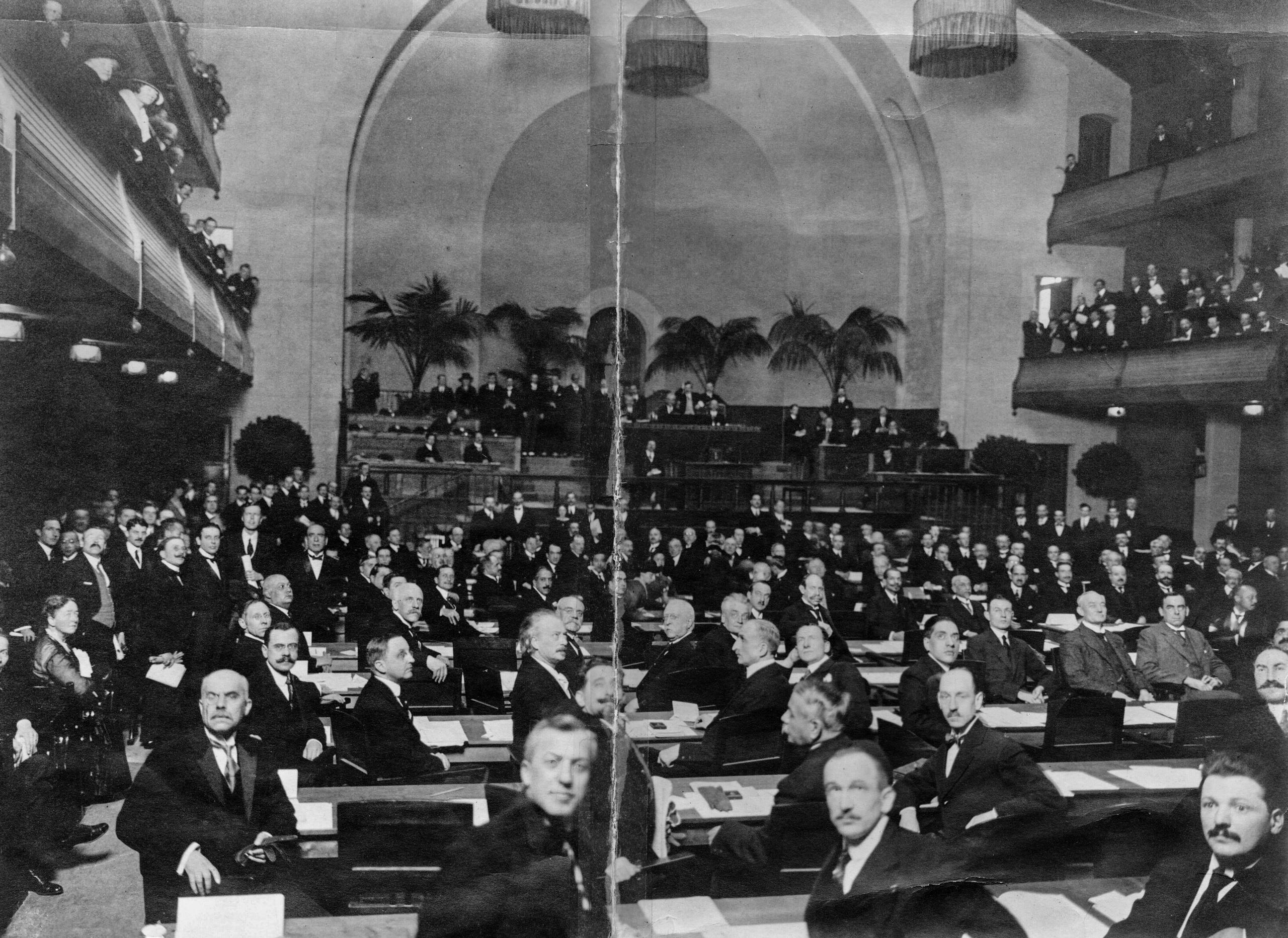The Palais des Nations: A nostalgic brick and mortar journey
Photographer Mark Henley reflects on the CHF836 million ($908 million) renovation of the United Nations Office at Geneva (UNOG). Henley has been based at the historic Palais des Nations, which is at the centre of the massive project, for several years. He has been shortlisted for a Sony World Photo PrizeExternal link.
The Palais was desperately in need of modernisation in so many ways. The heat in my small office on the top floor was sometimes unbearable in summer, and I am guilty of taking photos stressing the rusted windows of the building. I also delighted in the inconsistencies of offices in spaces that clearly weren’t designed to be offices and all the other hazards of change-in-use over the past 85 years since the main structure was completed – and that for a completely different organisation, the long-dead League of Nations.
Drink the water from the taps at your peril, and let’s not go into the fire hazards of aged wiring (1,700km of it to be replaced) and how it’s way off the scale in terms of modern energy efficiency or access for the disabled. Even the more modern structures had the bad luck to be built when asbestos was in fashion.
I have to confess that like many aged structures with its accidental uses and adapted functions it had an enormous amount of charm. There are the press rooms for example – one with glass-topped booths each with a light at the top – which seem to have been the subject of ancient battles for possession. For me they resembled monks’ cells with attendant reliquaries – the filing cabinets still containing religiously guarded clippings dating from deep into the last century. All gone now, booths and all.
I think I’m going to miss the huge pair of Belgian tapestries bearing half-naked women from around the world on the way to the UN’s main Press Briefing Room: an artistic monument to changing mores, always salutary to consider just before a press conference while the sniffer dogs ran around our equipment seeking explosives.
That room was the forum for many beautifully choreographed set-pieces between security and stars, VVIPs and my press brethren, international and otherwise. There was a space left at the front, desk free, a square of scuffed carpet – our empire – the pit for photographers under the line of fire of the television cameras lining the back and the sides of the room on big occasions. Between these spaces sat the correspondents, from Mexico to Senegal via China, India, Japan and around Europe, representing obscure journals and big agencies.
We know that once renovations are completed that particular room will no longer be where the press briefings will take place – the planners decided otherwise – but we have no idea where that will be. One rumour said it would be in the former underground cinema.
Former cinema? Apparently it’s been hidden for years below a marble lobby, the access staircase blocked by a photo booth, and where they’re now storing chairs of varying colours and eras.
All that will go, along with the film canisters still stored in a back room. There’s a kind of sadness to all that. We also know that the UN post office is not coming back – the one run by the Swiss Post but selling only UN stamps to be posted in the one box (which of course did not accept Swiss stamps). I miss that already.
There’s no doubt about the need for renovation, but of course there are questions about how it’s done and for what direction in the future. I’ll admit that that’s all a bit above my pay grade. What I do know is that I kept my little office almost a year longer than was first planned, even if in the last days I couldn’t get to it without much confusion and climbing over barriers. There was one day when, even teamed up with a lost UN security guard, it took 20 minutes to find a way to get to it.
That’s perhaps a metaphor for the programmed dislocation that all the building’s staff will face, with everything going in the direction of hot-desking and open-plan offices to accommodate an extra 700 staff being moved from other buildings in the city. The staff union, who in one of those happy accidents of old arrangements used to be my close neighbours, were far from happy about it all. But I’m sure, given time, human nature will take over.
One thing that is certain, as it comes from a recent UN audit, is that we’re looking at a potential CHF35 million in cost overruns and a delayed completion date. And we’re only at about the half-way stage, which I think somehow makes it quite human in the end.














You can find an overview of ongoing debates with our journalists here . Please join us!
If you want to start a conversation about a topic raised in this article or want to report factual errors, email us at english@swissinfo.ch.